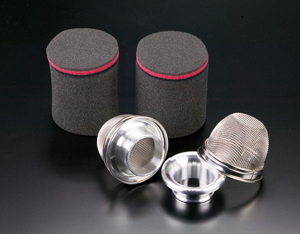I collected a set of questions from the social platforms regarding my 1+yr R&D effort with [MENTION=20830]A.S. Motorsport[/MENTION]s for this ground-up ITB kit. I would consider this a 90% "no compromise" ITB setup in terms of race and street friendliness. We solved some key drivability problems that can plague ITBs on street cars. This is in long form format with lots of nerdy conversation and technical concepts.
Happy to answer any questions here. There are still a lot of key aspects I didn't talk about. Let's discuss!
https://youtu.be/mODPROKLxzQ
Happy to answer any questions here. There are still a lot of key aspects I didn't talk about. Let's discuss!
https://youtu.be/mODPROKLxzQ























